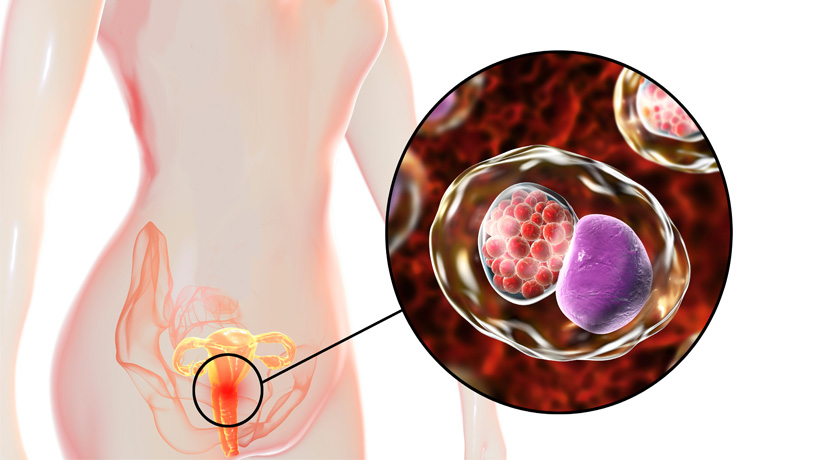There’s a lot that happens down there that we don’t always understand. Between discharge, menstruation, and uncomfortable sensations, vaginal health can sometimes be confusing.
What’s even more confusing is that some signs of serious conditions can easily be mistaken for more benign vaginal functions. Yet the more we understand our own bodies, the more we can sense when something doesn’t seem right. The following changes in the genital area may warrant a visit to the doctor.
Green or yellow discharge
Yellow discharge can be completely normal. You might see a watery, pale discharge a few days before or after your menstrual period because it’s mixed with mucus. However, if it has a foul odor, it could be a sign of a sexually transmitted disease (STD), such as trichomoniasis, chlamydia, or gonorrhea. It could also be a symptom of an infection of the reproductive organs called pelvic inflammatory disease.
Bleeding
Blood could be a symptom of menstruation or normal spotting during ovulation. However, if the blood appears out of sync with your cycle or it’s a prolonged period of time, brown or bloody discharge may be a sign of polyps, fibroids (abnormal uterine growths), vaginal prolapse, or even cervical or vaginal cancer.
Dull pain
There are several potential types and causes of pain that can affect the genital area, ranging from benign to more serious. Pelvic pain or pain during intercourse could be a sign of endometriosis or ovarian cysts. Other abdominal or pelvic pain indicate an STD. Pain that’s on the vulva for at least three months might be a sign of vulvodynia.
Sores
The sores that signal herpes are usually painful and are accompanied with difficulty urinating. Syphilis is another STD which might have sores, but they are usually painless and undetected because they’re inside the vagina. However, syphilis can lead to more dangerous complications if untreated, like paralysis, blindness, or brain damage. In some places, sores can be a sign of leishmaniasis, a parasitic disease that is rare in developed countries.
Burning while peeing
Most cases of dysuria (painful urination) may have something to do with the urinary tract, such as infections or stones. However, other parts of the genital area can affect cause dysuria, too. Herpes, chlamydia, and gonorrhea can each cite dysuria as a sign of their disease. Burning will peeing can also be a side effect of certain medications.
Sources:
https://flo.health/menstrual-cycle/health/vaginal-discharge/yellow-vaginal-discharge
https://www.bmj.com/content/318/7176/110?view=long&pmid=9880287
https://www.webmd.com/women/dysuria-causes-symptoms#1
https://www.mayoclinic.org/diseases-conditions/pelvic-inflammatory-disease/symptoms-causes/syc-20352594
https://www.womenshealth.gov/a-z-topics/ovarian-cysts
https://www.plannedparenthood.org/learn/stds-hiv-safer-sex/syphilis
https://www.cdc.gov/std/herpes/stdfact-herpes.htm
https://www.webmd.com/women/dysuria-causes-symptoms#1
https://www.healthlinkbc.ca/health-topics/vagts



